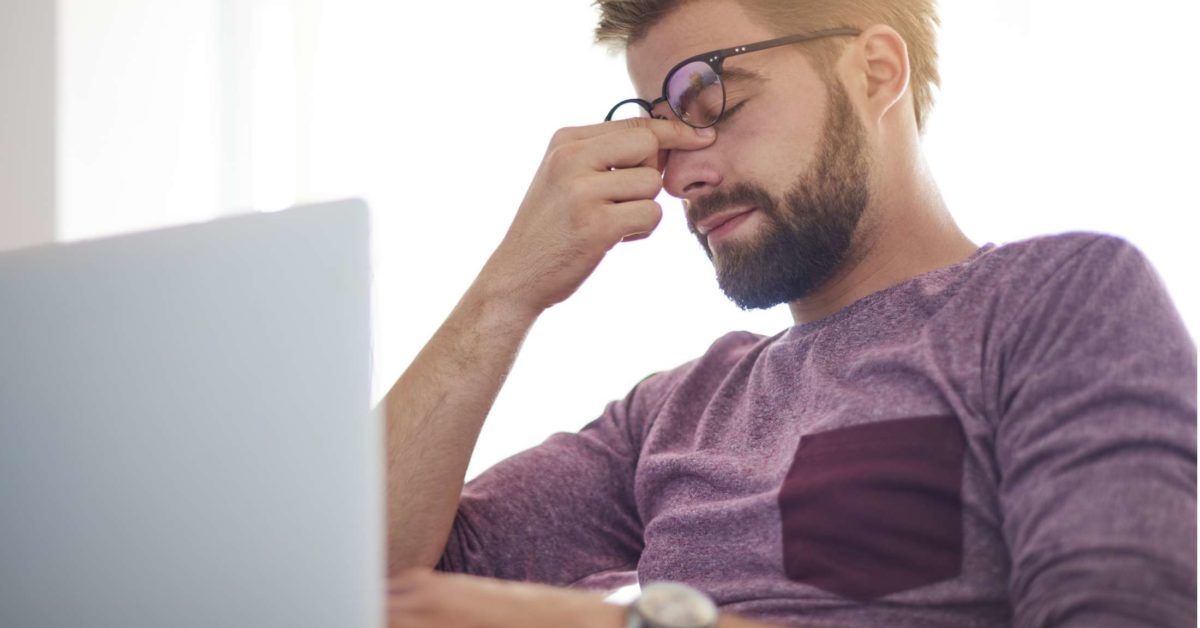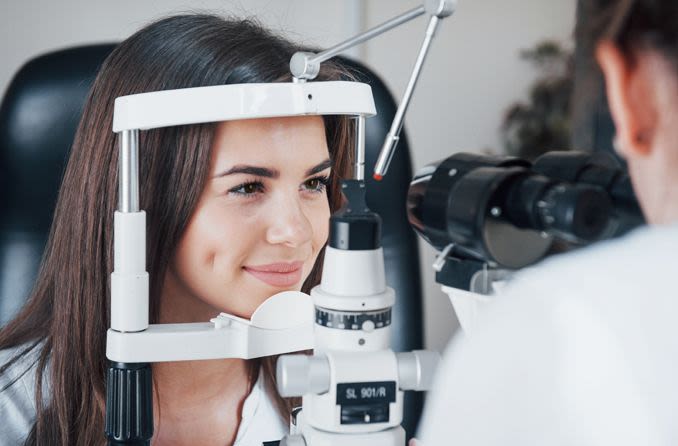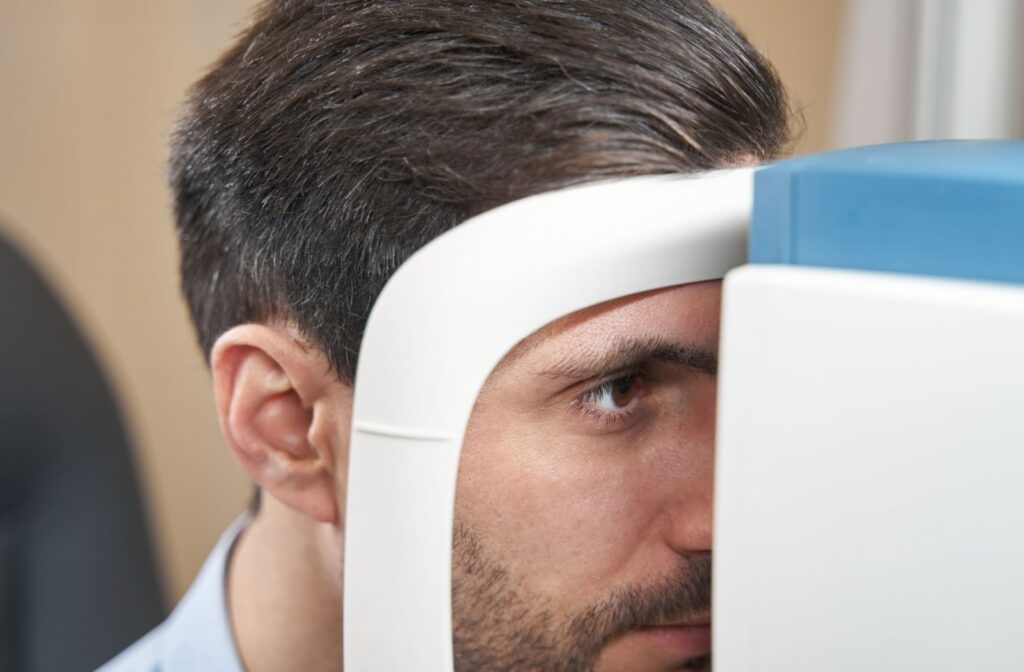All Categories
Featured
Reduced vision, a condition where standard glasses, contact lenses, or surgical procedure can not fully recover view, can make daily activities testing. Luckily, low vision rehabilitation supplies an array of sources to assist people preserve their freedom and lifestyle. This short article checks out the options readily available for those seeking support in managing their aesthetic disabilities.
What Is Reduced Vision Rehab?
Reduced vision rehabilitation is a structured method to assist people maximize their continuing to be vision and adjust to new ways of performing everyday jobs. Experts collaborate with clients to establish customized techniques, including devices, strategies, and training programs that fit their distinct demands.
![]()
Key Options for Reduced Vision Recovery
Vision Enhancing Tools
Optical Aids: Gadget like magnifiers, telescopic glasses, and unique analysis lenses can improve clearness for reading, writing, and various other close-up activities.
Digital Visual Aids: Devices such as electronic magnifiers and mobile video clip magnifiers provide adjustable zoom abilities for numerous jobs.
Wearable Innovation: Smart glasses equipped with cams and voice comments deal innovative remedies for enhancing vision.
![]()
Assistive Technology
Display readers, text-to-speech applications, and devices with voice commands make innovation easily accessible for people with reduced vision.
Smartphone applications, such as navigation help and item recognition tools, help individuals connect with their surroundings much more successfully.
Training and Treatment
Alignment and Flexibility Training: Professionals instruct skills for browsing areas securely, including using white walking sticks or guide dogs.
Daily Living Abilities Training: Recovery programs provide techniques for cooking, cleansing, and personal treatment, making certain that individuals can do crucial jobs independently.
Visual Abilities Training: Exercises made to enhance making use of continuing to be peripheral vision can boost visual performance.
Ecological Adaptations
Adjustments to living or work spaces can considerably improve accessibility. Instances include:
Setting up brighter lighting.
Adding high-contrast markings to devices.
Arranging furnishings to create clear paths.
Assistance Networks
Psychological and psychological support is an essential component of rehab. Support system, treatment sessions, and therapy solutions can assist individuals manage the challenges of vision loss.
![]()
Peer networks link people with comparable experiences, promoting a sense of area and shared understanding.
How to Accessibility Low Vision Recovery Provider
Low vision rehab solutions are typically provided by:
Low Vision Clinics: Operated by eye doctors and optometrists specializing in vision impairments.
Physical Therapists: Professionals in adjusting environments and tasks to suit private demands.
Not-for-profit Organizations: Groups such as the American Structure for the Blind (AFB) or local blindness assistance companies offer valuable resources and referrals.
Conclusion
Reduced vision recovery offers a variety of resources tailored to improve performance, increase confidence, and boost top quality of life. If you or an enjoyed one is dealing with the challenges of low vision, take into consideration getting to out to an expert or recovery facility to check out the numerous options readily available.
What Is Reduced Vision Rehab?
Reduced vision rehabilitation is a structured method to assist people maximize their continuing to be vision and adjust to new ways of performing everyday jobs. Experts collaborate with clients to establish customized techniques, including devices, strategies, and training programs that fit their distinct demands.

Key Options for Reduced Vision Recovery
Vision Enhancing Tools
Optical Aids: Gadget like magnifiers, telescopic glasses, and unique analysis lenses can improve clearness for reading, writing, and various other close-up activities.
Digital Visual Aids: Devices such as electronic magnifiers and mobile video clip magnifiers provide adjustable zoom abilities for numerous jobs.
Wearable Innovation: Smart glasses equipped with cams and voice comments deal innovative remedies for enhancing vision.

Assistive Technology
Display readers, text-to-speech applications, and devices with voice commands make innovation easily accessible for people with reduced vision.
Smartphone applications, such as navigation help and item recognition tools, help individuals connect with their surroundings much more successfully.
Training and Treatment
Alignment and Flexibility Training: Professionals instruct skills for browsing areas securely, including using white walking sticks or guide dogs.
Daily Living Abilities Training: Recovery programs provide techniques for cooking, cleansing, and personal treatment, making certain that individuals can do crucial jobs independently.
Visual Abilities Training: Exercises made to enhance making use of continuing to be peripheral vision can boost visual performance.
Ecological Adaptations
Adjustments to living or work spaces can considerably improve accessibility. Instances include:
Setting up brighter lighting.
Adding high-contrast markings to devices.
Arranging furnishings to create clear paths.
Assistance Networks
Psychological and psychological support is an essential component of rehab. Support system, treatment sessions, and therapy solutions can assist individuals manage the challenges of vision loss.

Peer networks link people with comparable experiences, promoting a sense of area and shared understanding.
How to Accessibility Low Vision Recovery Provider
Low vision rehab solutions are typically provided by:
Low Vision Clinics: Operated by eye doctors and optometrists specializing in vision impairments.
Physical Therapists: Professionals in adjusting environments and tasks to suit private demands.
Not-for-profit Organizations: Groups such as the American Structure for the Blind (AFB) or local blindness assistance companies offer valuable resources and referrals.
Conclusion
Reduced vision recovery offers a variety of resources tailored to improve performance, increase confidence, and boost top quality of life. If you or an enjoyed one is dealing with the challenges of low vision, take into consideration getting to out to an expert or recovery facility to check out the numerous options readily available.
Latest Posts
Smooth Floor Covering Setup-- The Carpet Interiors Floor & Home Means
Published Apr 20, 25
2 min read
Your Neighborhood Floor Covering Experts in Orland Park, IL
Published Apr 20, 25
1 min read
Optimize Your Cost Savings Prospective with WyHy MAX Money Market
Published Apr 20, 25
1 min read
More
Latest Posts
Smooth Floor Covering Setup-- The Carpet Interiors Floor & Home Means
Published Apr 20, 25
2 min read
Your Neighborhood Floor Covering Experts in Orland Park, IL
Published Apr 20, 25
1 min read
Optimize Your Cost Savings Prospective with WyHy MAX Money Market
Published Apr 20, 25
1 min read